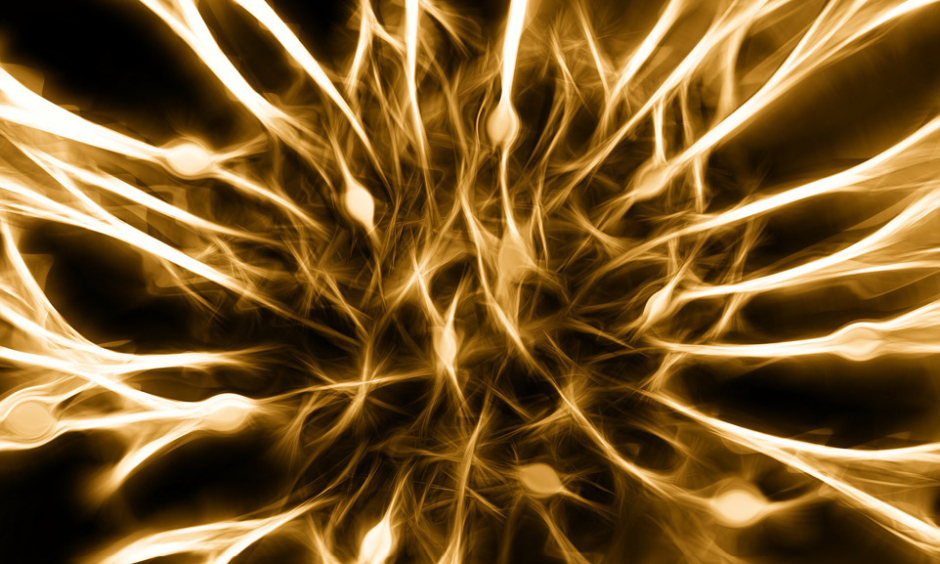NEUROPATHIC PAIN can be successfully treated in mice by a novel technique, which uses near-infrared light that targets the nerves responsible for the hard-to-treat condition. These results could help neurologists successfully develop an effective relief for the 1 in 10 people who live with neuropathic pain in the USA, which still has no effective or safe treatment that is applicable to all patients.
Previous research into the treatment of neuropathic pain has focussed on blocking specific molecules involved in the pain mechanism; however, experts believe that the pain is caused by a more complex relationship between multiple molecules in the pathway. Therefore, researchers from the European Molecular Biology Laboratory (EMBL), Rome, Italy, developed a groundbreaking technique to target the nerves involved in the oversensitivity to pain. The team, led by Dr Paul Heppenstall, EMBL, discovered that the neurons responsible for generating the pain were from a subgroup of sensory neurons that expressed tropomyosin receptor kinase B (TrkB).
By designing a light-sensitive chemical with an affinity for the TrkB receptor and injecting it into the skin of mice with neuropathic pain, the team were able to influence the function of these nerves. A blast of near-infrared light caused the nerve endings to retract from the surface of the skin, reducing the likelihood of activation and pain transmission. The researchers showed that the reflexes of the mice were less sensitive to touch following the light therapy, and, importantly, the treatment was effective for a number of weeks until the nerve endings grew back to the skin.
Commenting on the specificity of this procedure, Dr Heppenstall explained: “The nice thing about our technique is that we can specifically target the small subgroup of neurons causing neuropathic pain”. In addition, to translate these findings into human pathology, the researchers also investigated human skin and found that the sensory neurons were similar in both humans and mice. With future work planned, there is hope for the future of neuropathic pain treatment in both humans and animals.








